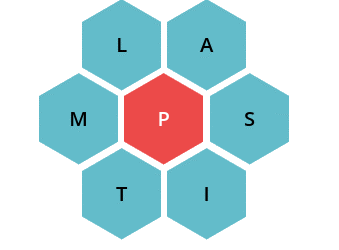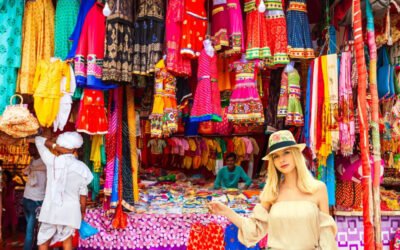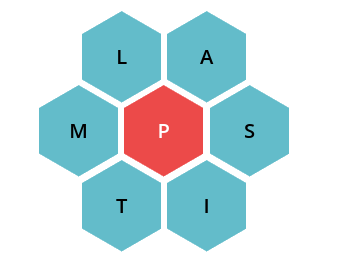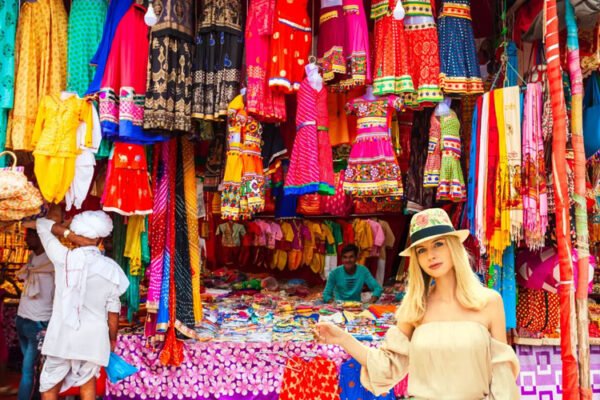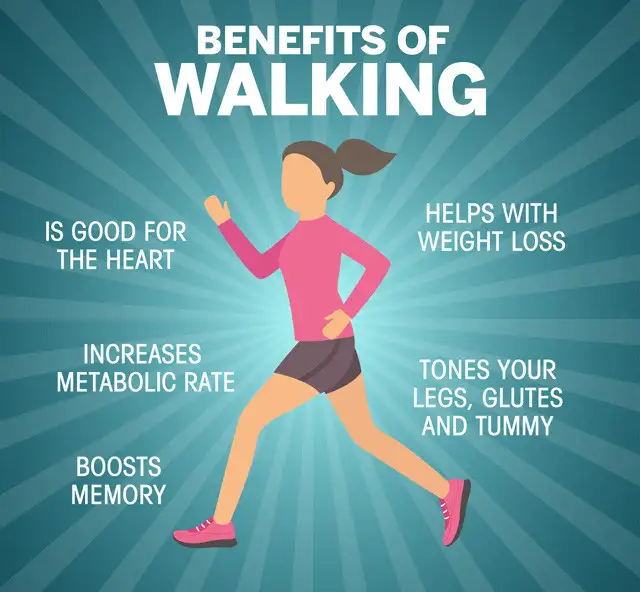

Photographic Safari in Tanzania: Capturing Africa’s Wildlife Like a Pro
Introduction
A Tanzania safari package is an unforgettable experience for wildlife enthusiasts, but for photographers, it is a dream come true. Tanzania’s diverse landscapes, from the Serengeti’s vast plains to the lush Ngorongoro Crater and the remote wilderness of Ruaha, offer the perfect backdrop for capturing Africa’s most iconic wildlife. Whether you are a professional photographer or an amateur with a passion for wildlife photography, a photographic safari in Tanzania provides unmatched opportunities to document nature’s beauty up close.
Why Choose Tanzania for a Photographic Safari?
Tanzania is home to some of the world’s most famous national parks and conservation areas. It hosts an incredible variety of wildlife, including the Big Five (lion, leopard, elephant, rhino, and buffalo), along with cheetahs, giraffes, zebras, and countless bird species. The country’s rich biodiversity, combined with breathtaking scenery and dramatic lighting conditions, makes it a haven for wildlife photographers.
Additionally, Tanzania boasts one of the most spectacular natural events in the world—the Great Migration. Every year, millions of wildebeest and zebras move across the Serengeti, offering photographers thrilling action shots of river crossings, predator chases, and dramatic landscapes filled with wildlife.
Best Locations for a Photographic Safari in Tanzania
1. Serengeti National Park
The Serengeti is synonymous with African wildlife photography. The vast savannahs, acacia-dotted landscapes, and abundant wildlife create picture-perfect scenes. The best time for a photographic safari here is during the Great Migration (June to October), when herds of wildebeest and zebras migrate, often pursued by predators such as lions and crocodiles. Sunrise and sunset provide golden lighting, enhancing the beauty of every shot.
2. Ngorongoro Crater
Known as Africa’s “Garden of Eden,” the Ngorongoro Crater is a UNESCO World Heritage Site and a prime location for photographers. The crater’s unique ecosystem supports a dense concentration of wildlife, including black rhinos, large prides of lions, and flamingos around the crater lake. The elevated crater rim offers stunning panoramic views, making it ideal for landscape photography as well.
3. Tarangire National Park
Famous for its ancient baobab trees and large elephant herds, Tarangire is an excellent location for intimate wildlife shots. The dry season (June to October) is the best time to visit, as animals gather around the Tarangire River, creating incredible photographic opportunities.
4. Ruaha National Park
For those looking for off-the-beaten-path photography experiences, Ruaha offers raw, untouched landscapes and incredible predator-prey interactions. This park is less crowded than the Serengeti but equally rewarding, with leopards, wild dogs, and a variety of bird species.
5. Lake Manyara National Park
This park is known for its tree-climbing lions and diverse birdlife, including flocks of flamingos. The reflections of the lake, combined with acacia woodlands and the Rift Valley escarpment, create a striking backdrop for photography.
Essential Photography Tips for a Tanzania Safari
1. Bring the Right Gear
Wildlife photography requires specific equipment to get the best shots. Essential gear includes:
- A telephoto lens (200-600mm) for capturing distant animals.
- A wide-angle lens for breathtaking landscapes.
- A fast camera with high frames per second (fps) to capture action shots.
- A tripod or monopod for stability.
- Extra batteries and memory cards, as charging facilities may be limited.
2. Master Your Camera Settings
- Use a fast shutter speed (1/1000s or higher) to freeze fast-moving subjects like running cheetahs or birds in flight.
- Adjust ISO settings based on lighting conditions. Early morning and late evening shots may require higher ISO levels.
- Use aperture priority mode (f/5.6 – f/8) to create a sharp subject with a blurred background.
3. Take Advantage of Golden Hours
The best lighting conditions for photography occur during sunrise and sunset. The soft, golden light enhances textures and colors, making wildlife portraits more striking.
4. Be Patient and Observe Animal Behavior
The best wildlife shots come from understanding animal behavior. Observe how predators stalk their prey, how elephants interact, or how a mother lion cares for her cubs. Being patient will reward you with unique and emotional photographs.
5. Frame Your Shots Creatively
- Use the rule of thirds to create balanced compositions.
- Include the environment in your shots for context rather than just zooming in on the animal.
- Try silhouette photography during sunset for dramatic effects.
Best Time to Go on a Photographic Safari
The best time for a photographic safari depends on the type of images you want to capture:
- June to October (Dry Season): Best for wildlife photography as animals gather around water sources. This is also the time of the Great Migration in the Serengeti.
- November to May (Green Season): Lush landscapes, fewer tourists, and excellent bird photography opportunities. Predator interactions are still common.
- February: Ideal for calving season in the southern Serengeti, offering touching moments between mothers and their young.
Choosing the Right Tanzania Safari Package for Photography
Selecting the right Tanzania safari package is crucial for a successful photographic trip. Look for packages that offer:
- Private game drives: More flexibility in spending time at sightings and positioning the vehicle for the best shots.
- Expert guides with photography experience: Guides who understand photography will help position the vehicle correctly and provide insights on animal behavior.
- Small group sizes: Avoid large groups to ensure you get the best vantage points.
- Multiple days in key locations: The more time spent in wildlife-rich areas, the better the photographic opportunities.
Conclusion
A Tanzania safari package designed for photographers is an extraordinary adventure, offering unparalleled opportunities to capture Africa’s magnificent wildlife and landscapes. From the dramatic river crossings of the Great Migration to intimate moments of a lioness and her cubs, every frame tells a story. By equipping yourself with the right gear, mastering essential photography techniques, and choosing the best safari package, you can elevate your photography skills and bring home images that truly capture the essence of Tanzania’s wild beauty. Whether you are a seasoned professional or an enthusiastic amateur, a photographic safari in Tanzania is a once-in-a-lifetime experience that will leave you with breathtaking memories and stunning photographs.


